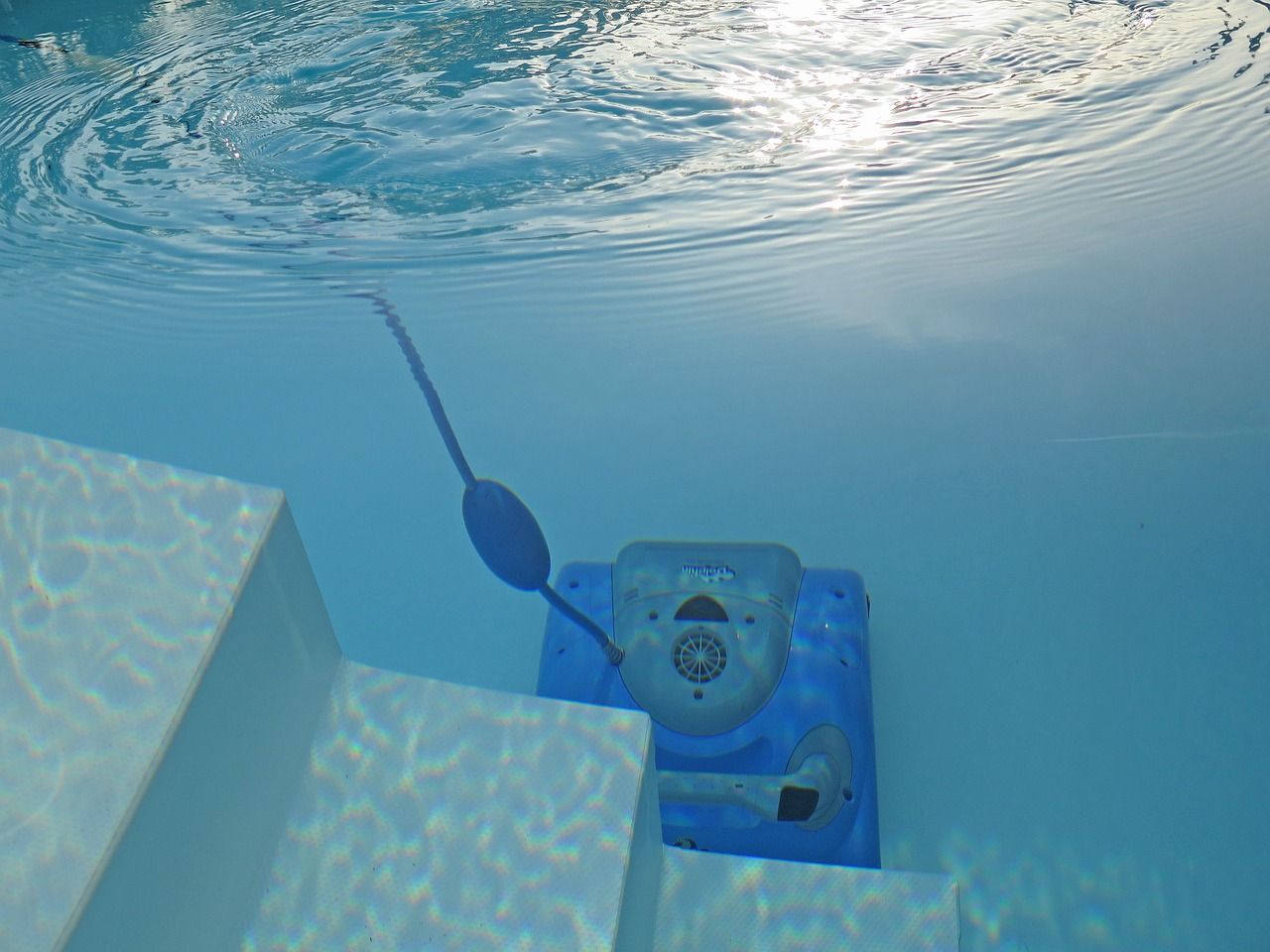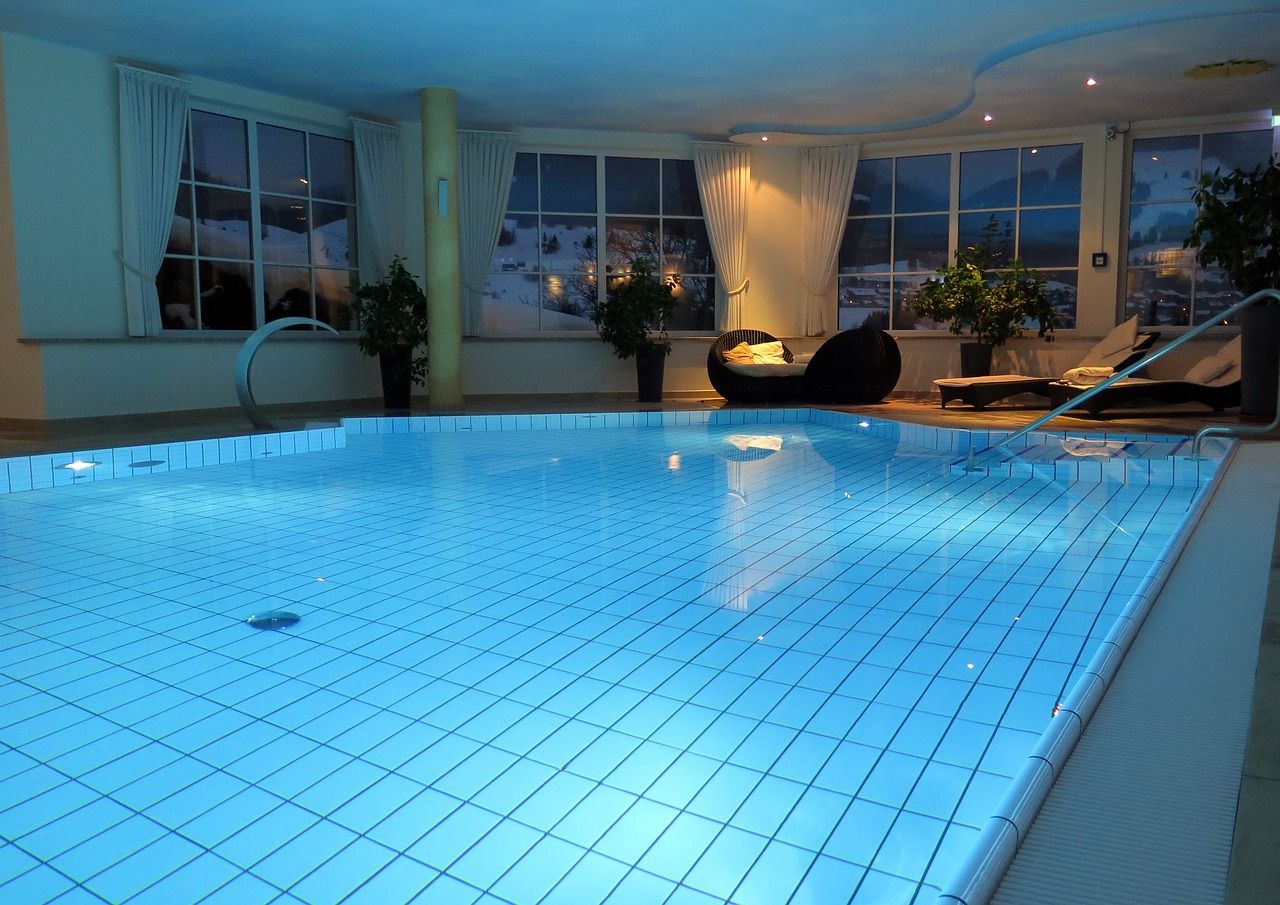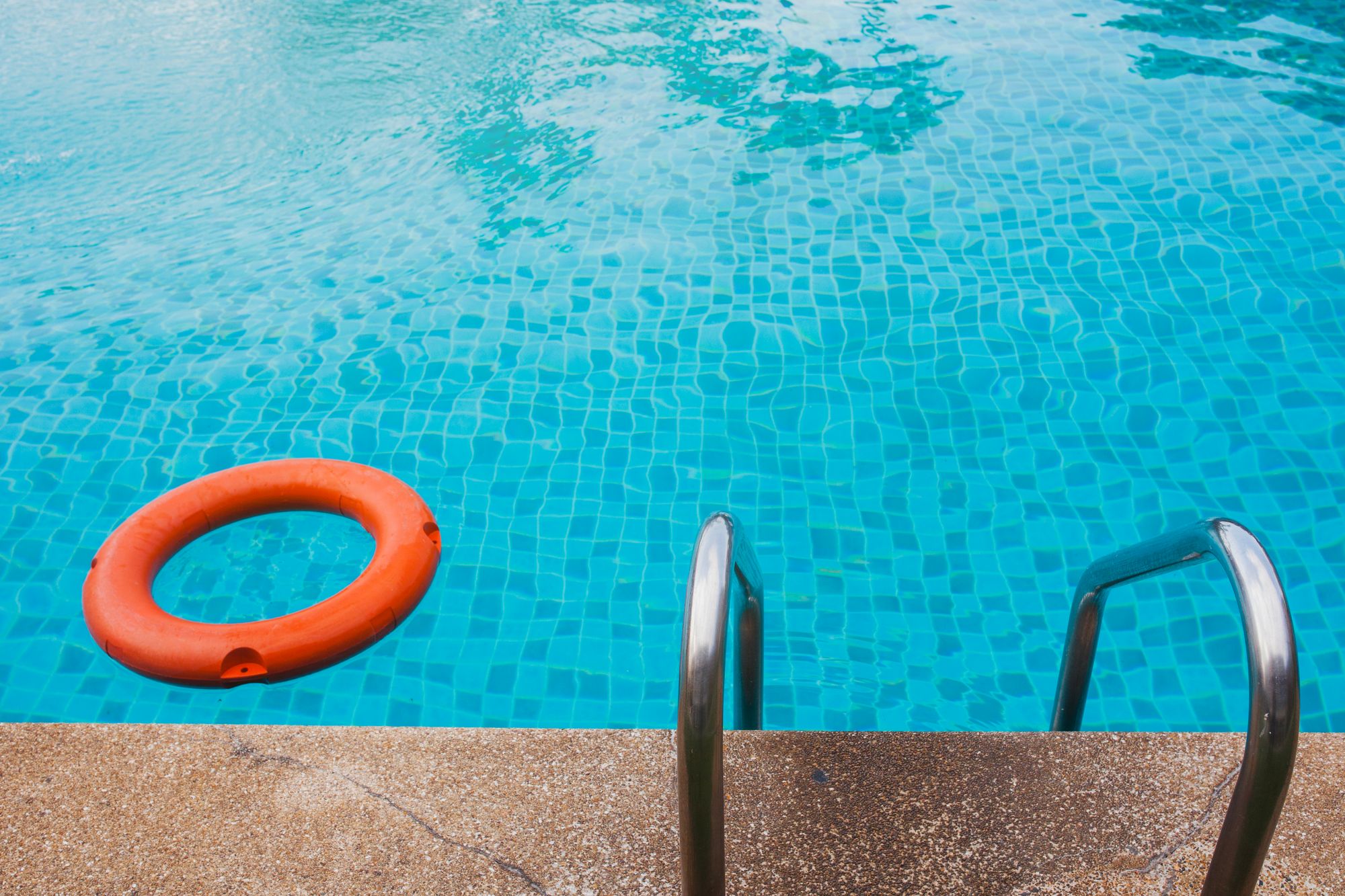Key Takeaways
- A swimming pool addition can significantly boost your property value while providing lifestyle benefits, with potential ROI ranging from 5-8% on home value.
- Pool installation costs typically range from $35,000 to $100,000+, varying based on size, materials, location, and features chosen.
- Multiple financing options are available, including home equity loans, personal loans, and specialized pool financing programs with rates from 5-15% APR.
- Careful budgeting is essential - include both upfront costs and long-term expenses like maintenance ($1,200-$1,800 annually) and insurance.
- Working with reputable pool financing companies can help secure better rates and terms tailored to your specific project needs.
- SimpleDirect offers specialized pool financing solutions with competitive rates and flexible terms to help make your pool project more affordable.
Introduction
Ready to transform your backyard into a private oasis? You're not alone. Over 10.4 million American homeowners have already taken the plunge into pool ownership, with 2024 seeing a 15% increase in new pool installations nationwide.
While a swimming pool can dramatically enhance your lifestyle and property value, the investment requires careful financial planning.
With installation costs ranging from $35,000 for a basic fiberglass pool to over $100,000 for a custom concrete design, understanding your financing options is crucial.
Whether you're dreaming of a simple lap pool or an elaborate resort-style retreat, this comprehensive guide will help you:
- Navigate various financing options, from home equity loans to specialized pool financing
- Understand real costs, including hidden expenses many homeowners overlook
- Make informed decisions about your investment
- Maximize your pool's value while minimizing financial stress
Let's dive into everything you need to know about financing your dream pool in 2025.

Understanding Pool Costs in 2025
Before diving into pool ownership, it's crucial to understand both upfront and ongoing costs.
Let's break down what you can expect to invest in your new pool project.
Initial Pool Construction Costs
| Pool Type | Initial Cost | Installation | Total Range |
|---|---|---|---|
| Above-Ground | $1,500-$5,000 | $1,000-$3,000 | $2,500-$8,000 |
| Fiberglass | $20,000-$35,000 | $5,000-$15,000 | $25,000-$50,000 |
| Vinyl-Lined | $25,000-$45,000 | $7,000-$15,000 | $32,000-$60,000 |
| Concrete/Gunite | $35,000-$65,000 | $10,000-$30,000 | $45,000-$95,000 |
Hidden Costs Many Homeowners Overlook
Essential Safety Features:
• Pool fence (legally required): $2,000-$5,000
• Safety cover: $1,200-$3,000
• Pool alarm system: $200-$700
• Non-slip decking: $3,000-$7,000
Permit and Legal Requirements:
• Building permits: $450-$1,800
• Inspections: $200-$400
• HOA approval fees: $100-$500
• Survey costs: $300-$800
Aesthetic Enhancements:
• Professional landscaping: $3,000-$12,000
• LED lighting systems: $700-$1,800
• Water features: $1,500-$5,000
• Heating system: $2,500-$8,500
Real-Life Example:
The Johnson family in Phoenix installed a mid-range fiberglass pool in 2024:
• Base pool cost: $35,000
• Installation: $10,000
• Required features: $8,500
• Aesthetic additions: $6,500
Total Project Cost: $60,000
Annual Maintenance Budget
Monthly Costs:
• Chemical treatments: $35-$60
• Utility increase: $65-$100
• Professional service: $100-$150
• Insurance premium: $15-$35
Pro Tip: Set aside 1-2% of your pool's value annually for unexpected repairs and equipment replacement.
Smart Pool Financing Options for 2025
Understanding your financing options is crucial for making your dream pool affordable.
Let's explore the most popular financing methods and help you choose the best option for your situation.
Popular Pool Financing Methods Compared
- Home Equity Loans (HELs)
Best for: Homeowners with 20%+ equity
Current Market Rates (2025):
• Excellent credit (740+): 5.5-6.0%
• Good credit (670-739): 6.1-6.8%
• Fair credit (580-669): 6.9-7.5%
Example: On a $300,000 home with $150,000 remaining mortgage:
• Available equity: Up to $90,000 (80% LTV)
• Monthly payment on $50,000 (6.5%/10 years): $568
- Personal Loans
Best for: Quick funding without home equity
Rate Factors:
• Credit score impact: 2-5% rate variation
• Income requirements: Usually 3x monthly payment
• Debt-to-income ratio: Must be under 43% - Pool Company Financing
Best for: One-stop shopping
Special Offers:
• 0% APR for 12-18 months (qualified buyers)
• No payments for 90 days
• Bundled equipment discounts - Home Equity Line of Credit (HELOC)
Best for: Phased pool projects
Features:
• Draw period: 5-10 years
• Repayment period: 10-20 years
• Interest-only payment options
| Financing Type | Typical APR | Term Length | Pros | Cons |
|---|---|---|---|---|
| Home Equity Loan | 5.5-7.5% | 5-20 years | Lower rates, tax-deductible | Uses home as collateral |
| Personal Loan | 7-15% | 2-7 years | No collateral needed | Higher rates |
| Pool Company Financing | 8-12% | 3-10 years | Convenient | May have fees |
| HELOC | 6-8% | 10-20 years | Flexible draws | Variable rates |
Real-World Financing Example:
The Martinez Family's $50,000 Pool Project:
• Home Value: $400,000
• Existing Mortgage: $250,000
• Chosen Option: Home Equity Loan
• Terms: $50,000 at 6.5% for 10 years
• Monthly Payment: $568
• Tax Benefits: $1,200 annual interest deduction
Pro Tips:
- Get pre-qualified with multiple lenders
- Compare APRs, not just interest rates
- Watch for hidden fees and prepayment penalties
- Consider making a larger down payment to reduce monthly costs

Understanding Your Return on Pool Investment in 2025
Before diving into pool ownership, it's essential to understand how this investment affects your property value and long-term financial picture.
Regional ROI Variations
Sunbelt States (Highest Returns):
- Florida: 7-12% value increase
- Miami: Up to 15% increase
- Tampa: 8-10% increase
- California: 8-13% value increase
- Los Angeles: 10-13% increase
- San Diego: 9-12% increase
- Arizona: 6-11% value increase
- Phoenix: 8-11% increase
- Tucson: 7-9% increase
Northern States (Moderate Returns):
- Northeast: 3-6% increase
- Midwest: 2-5% increase
- Northwest: 3-7% increase
Real Estate Value Example:
- Property in Orlando, FL:
• Initial home value: $400,000
• Pool investment: $50,000
• Value increase: 10% ($40,000)
• Final property value: $440,000
• Net ROI: 80% of pool cost - Factors Affecting ROI:
Design Choices:
• Premium features: +2-3% value
• Professional landscaping: +1-2% value
• Energy-efficient systems: +1% value - Market Conditions:
• Neighborhood expectations
• Local climate
• Property price range
• Buyer demographics - Pro Tips for Maximizing ROI:
• Choose designs that complement your home's style
• Install energy-efficient equipment
• Maintain proper upkeep
• Keep detailed maintenance records
• Consider local market preferences

Maintenance and Upkeep
Long-term Maintenance Guide
Maintaining a swimming pool is a crucial aspect of ownership that ensures both its longevity and the safety of its users. Here is a detailed guide on how to effectively maintain your pool across different seasons and address common issues cost-effectively:
- Daily and Weekly Maintenance:
- Skimming and Scrubbing: Skim leaves and debris off the water surface daily, and scrub the pool walls weekly to prevent algae buildup.
- Filter Cleaning: Clean out the pool’s filter at least once a week to ensure efficient operation and prevent clogging.
- Chemical Levels: Regularly check and maintain the pool's chemical balance to ensure sanitary conditions. The pH level should ideally be between 7.2 and 7.8.
- Seasonal Maintenance:
- Spring: Prepare for the swimming season by thoroughly cleaning the pool, checking equipment for any repairs, and balancing the water chemicals.
- Summer: Monitor and maintain chemical levels more frequently due to increased use and higher temperatures which can foster algae growth.
- Fall: Reduce the frequency of maintenance as the pool usage decreases and cover the pool to prevent debris from trees.
- Winter: If the pool is not in use, consider winterizing it by lowering the water level, adding winter chemicals, and fully covering the pool to protect it from the elements.
- Common Issues and Solutions:
- Algae Growth: Prevent algae by maintaining proper chemical levels and regular scrubbing. For outbreaks, use an algaecide and brush the pool surfaces thoroughly.
- Cloudy Water: This can be caused by imbalanced pH levels, high calcium hardness, or inadequate filtration. Adjust chemicals, clean filters, and if necessary, use a pool clarifier.
- Equipment Failure: Regularly inspect pumps, heaters, and filters for signs of wear. Promptly repair or replace damaged equipment to avoid more costly issues down the line.
Sustainability Practices
For environmentally conscious pool owners, adopting sustainable practices not only reduces the environmental impact but can also lead to significant cost savings over time:
- Solar Heating Systems:
Installing solar pool heaters can extend your swimming season without the high energy costs associated with traditional heaters. Solar heaters use the sun’s energy, which is free and abundant, especially in sunny locales.
- Natural Pools:
Consider converting your pool into a natural pool that uses biological filters and plants to clean and filter the water instead of chemicals. This not only reduces chemical use but also integrates the pool into your garden’s ecosystem.
- Energy-efficient Equipment:
Invest in energy-efficient pumps, filters, and LED lighting. Modern, energy-efficient pumps can use up to 75% less energy than traditional ones.
- Water Conservation:
Reduce water usage by fixing leaks promptly. Cover your pool to minimize evaporation and lower the need for topping off the water.

Conclusion
A backyard pool is more than just an investment—it's a lifestyle upgrade that creates lasting memories for your family. With today's flexible financing options and historically competitive rates, there's never been a better time to take the plunge.
Why Choose SimpleDirect for Your Pool Financing:
• Industry-leading rates starting at 5.99% APR*
• Fast pre-qualification (under 2 minutes)
• No impact on your credit score
• Funding as quick as 48 hours
• Expert guidance throughout the process
Take the Next Step:
✓ Get an instant rate quote
✓ Compare personalized payment plans
✓ Speak with a pool financing specialist
✓ Start planning your dream pool today
Ready to dive in? Visit SimpleDirect for your personalized rate quote.

FAQ
Q: Can I get a loan for pool installation if I have bad credit?
A: Yes, some lenders offer loans to people with low credit scores, but these often come with higher interest rates. Improving your credit score before applying can help you secure better terms.
Q: How long are the terms for a pool loan?
A: Loan terms vary by lender and can range from short-term loans (1-5 years) to long-term loans (up to 20 years). Remember, a longer term means more interest paid over time.
Q: Can I refinance my pool loan?
A: Yes, if rates have dropped or your credit has improved since you took out your original loan, refinancing could save you money.
Q: Are there prepayment penalties on pool loans?
A: This varies by lender. Always read the loan agreement thoroughly and ask about prepayment penalties before signing.
Q: Can I include pool maintenance costs in my loan?
A: Generally, pool loans cover installation costs. For maintenance costs, consider a personal loan or home equity line of credit.






